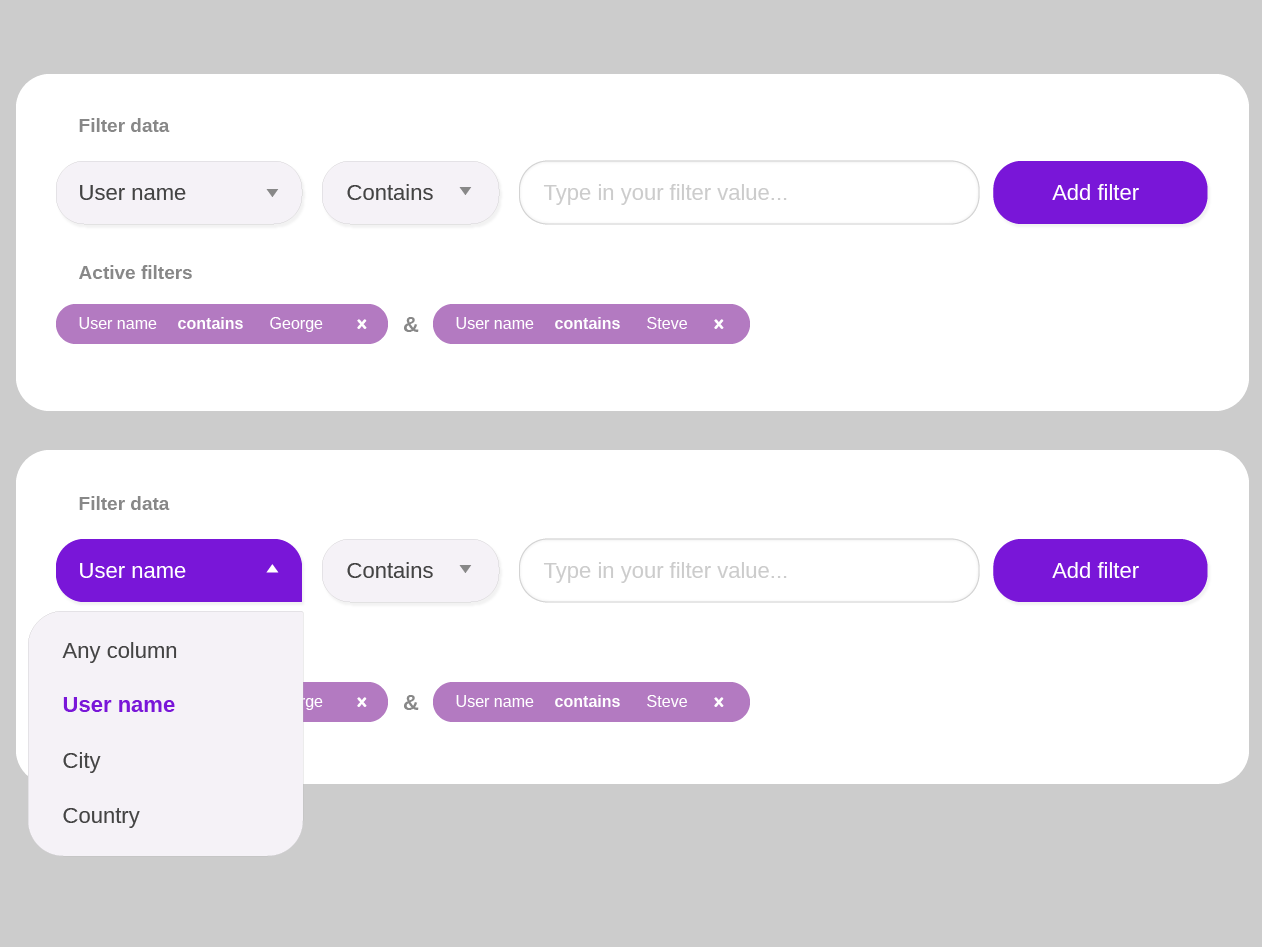Table Of Content
- Discover the Allure of Designer Choker Necklaces: The Perfect Blend of Elegance and Edge
- Practical Introduction to Digital Filter Design
- Butterworth Filters
- Mastering the Art of RF Filter Design: A Comprehensive Guide
- Show The Number of Results On The “Apply” Button
- Stopband Attenuation and Passband Ripple

Confirm your country to access relevant pricing, special offers, events, and contact information. There are several ways in which a filter can have different computational complexity. For example, the order of a filter is more or less proportional to the number of operations. This means that by choosing a low order filter, the computation time can be reduced.
Design of robust cubature fission particle filter algorithm in multi-source cooperative navigation Scientific Reports - Nature.com
Design of robust cubature fission particle filter algorithm in multi-source cooperative navigation Scientific Reports.
Posted: Thu, 10 Mar 2022 08:00:00 GMT [source]
Discover the Allure of Designer Choker Necklaces: The Perfect Blend of Elegance and Edge
The passband edge of a high-pass filter determines the frequency below which the signal is attenuated. It is crucial to select the passband edge appropriately based on the desired frequency range to be passed through the filter. Stopband attenuation refers to the amount of attenuation applied to frequencies below the passband edge. Achieving sufficient stopband attenuation is essential for eliminating unwanted low-frequency components.
Constrained extended Kalman filter design and application for on-line state estimation of high-order polymer electrolyte ... - ScienceDirect.com
Constrained extended Kalman filter design and application for on-line state estimation of high-order polymer electrolyte ....
Posted: Sat, 17 Apr 2021 19:40:30 GMT [source]
Practical Introduction to Digital Filter Design
Now, if we look a bit closer at the three examples above, we’ll notice one similarity. All of them auto-apply every filter upon selection, disabling any further selection until the new results page comes back. One way to tackle these issues would be to remove auto-scroll for filters altogether and find a better way to indicate that only one input can be made at a time. For example, we could freeze the entire interface and thus disable any input until the new data comes back from the server. Then we’d need to wait for new results to be injected into the DOM, and only then have the UI coming back.
Butterworth Filters
Tap "Try It" on the bottom to give the filter a shot and see your hair magically change colors. To use the filter, press and hold down the record button in the Instagram Camera to either take a picture or video, which you can then save and send to all your friends. If you like the filter, you can save the filter to use at a later time by tapping the download icon on the bottom right corner. Tap on the magnifying glass in the upper right-hand corner of the Effects Gallery to get to the search bar. You'll want to search the filter creator's IG username, @nessa_iwata and select the "colored hair" filter, or search "colored hair," and it should be the first option that shows up. Then, scroll to the end of all the filters by swiping left on the screen until you see "Browse Effects." Tap on the Browse Effects button, which will open the Effects Gallery.
Analog filters offer advantages such as low latency, continuous signal processing, and precise control over filter parameters. They are well-suited for applications where real-time processing and high-fidelity signal reproduction are critical, such as audio systems or analog communication. The transition band width determines the range of frequencies over which the filter transitions from the passband to the stopband. A narrower transition band width allows for sharper roll-off characteristics but may introduce design challenges.
A good way to do this is to look at the (ideally constant) group delay and see how flat it is. Since extremely large attenuations are typically not required, we may be able to attain the required transition width with a relatively small order by allowing for some stopband ripple. This example focuses on the design of digital filters rather than on their applications. If you want to learn more about digital filter applications, see Practical Introduction to Digital Filtering.
It’s also a good idea to compliment the filter with a search autocomplete and an alphabetical view if some of the popular options are highlighted at the top. A good example of it is Rozetka.ua, an eCommerce retailer from Ukraine (see above). An alternative option would be to show as many as 7–10 options at a time with an accordion that would expand and show all options on tap/click.
Stopband Attenuation and Passband Ripple
To save the displayed parameters as the default values, click Save as Default. To restore the MATLAB-defined default values, click Restore Original Defaults. Change the selection in Filter Order to Minimum Order in the Design Region and leave the other parameters as they are. You can change the x- or y-axis units by right-clicking the mouse on an axis label and selecting the desired units.

Elliptic filters generalize Chebyshev and Butterworth filters by allowing for ripple in both the passband and the stopband. As ripples are made smaller, elliptic filters can approximate arbitrarily close the magnitude and phase response of either Chebyshev or Butterworth filters. The flatness in the passband and stopband causes the transition band to be very wide. The upper half of the GUI displays information on filter specifications and responses for the current filter. The Current Filter Information region, in the upper left, displays filter properties, namely the filter structure, order, number of sections used and whether the filter is stable or not.
For example, you can generate C header files, XILINX coefficients(COE) files (with the DSP System Toolbox) and VHDL, Verilog along with test benches (with Filter Design HDL Coder™). Wpass and Wstop, in the Magnitude Specifications area are positive weights, one per band, used during optimization in the FIR Equiripple filter. The Filter Display region, in the upper right, displays various filter responses, such as, magnitude response, group delay and filter coefficients. Once you get the hang of this hair color filter, you can search for more AR filters in the Instagram Explore page and discover all the virtual hues your locks can handle.
Designing RF filters goes beyond theory; practical considerations can significantly impact performance. Before designing a notch filter, it is crucial to identify the specific frequencies causing interference. This can be done through careful analysis of the signal or through measurements using spectrum analyzers.

No comments:
Post a Comment